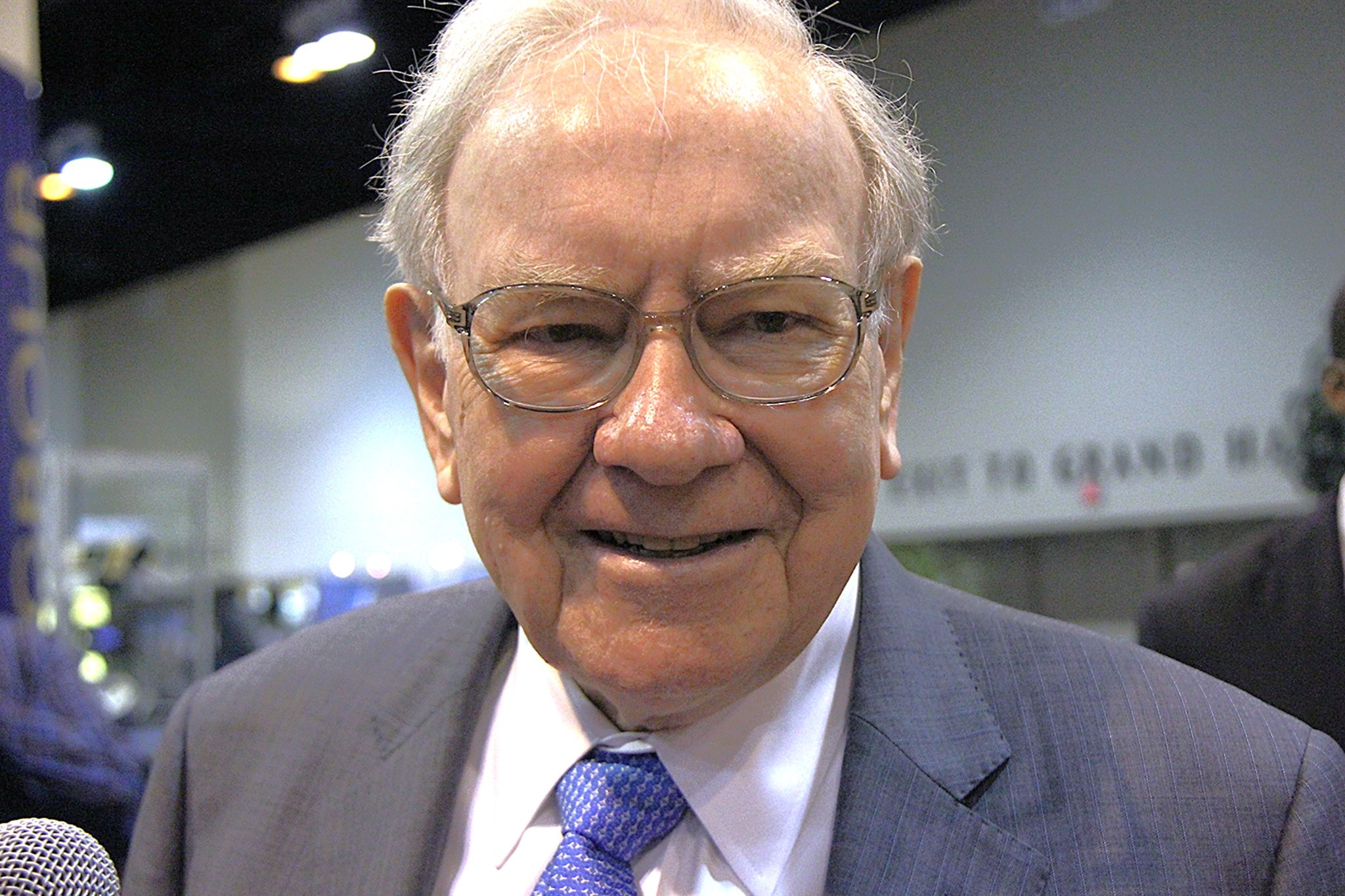Why Did SBI Skip Ripple’s RLUSD in Japan Payment Test? The Answer Will Shock You! 🤔

They’re teaming up with SBI VC Trade-Japan’s only stablecoin outfitter-plus APLUS, who’s basically the Pope of retail payments. The plan? Customers whip out their USDC wallets (MetaMask, anyone?) and scan the store’s QR code. The USDC then magically turns into yen. It’s like digital alchemy! 🌟






